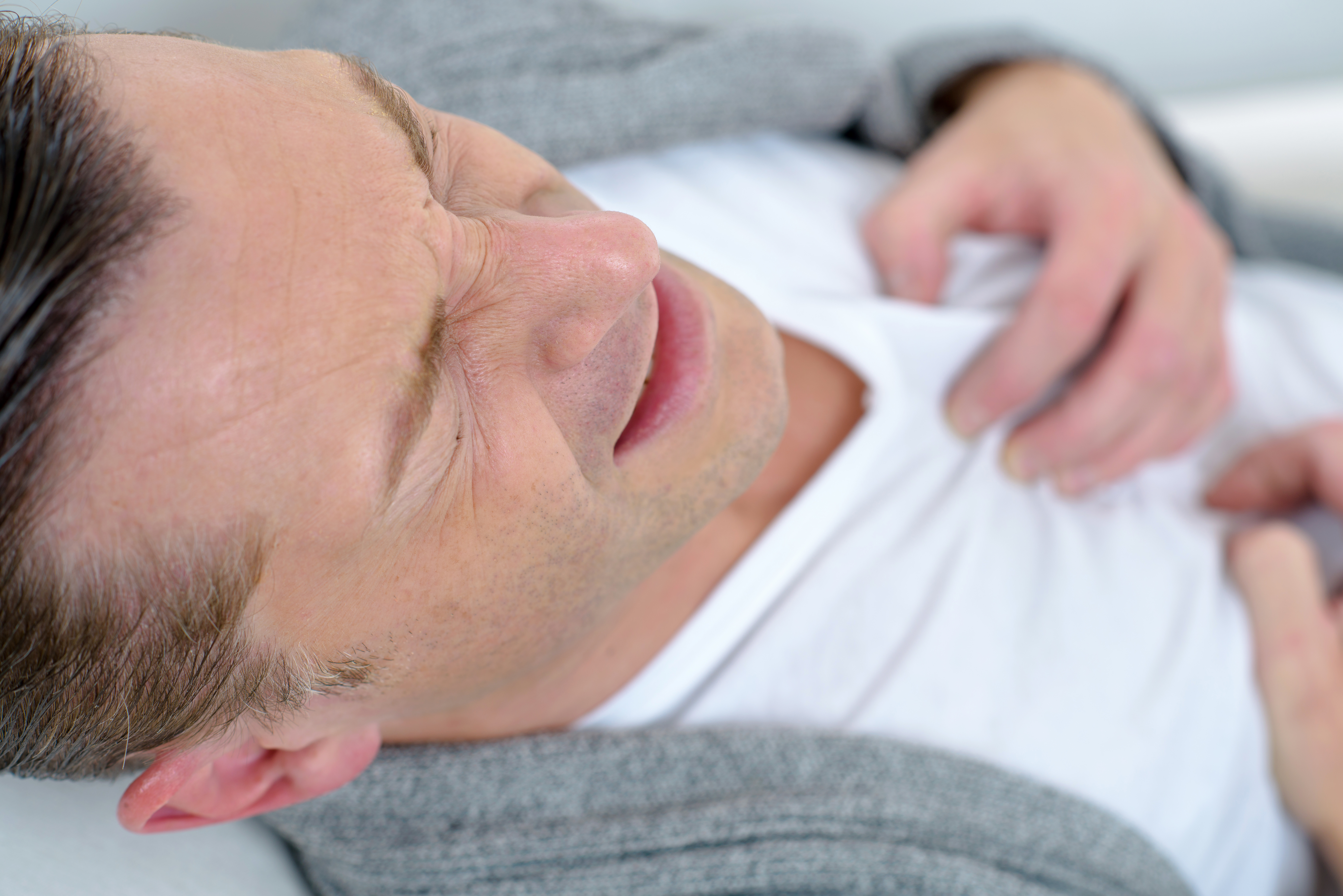Sudden cardiac arrest (SCA) is a condition in which the heart suddenly and unexpectedly stops beating. If this happens, blood stops flowing to the brain and other vital organs. SCA usually causes death if it’s not treated within minutes.
The heart has an electrical system that controls the rate and rhythm of the heartbeat. Problems with the heart’s electrical system can cause irregular heartbeats called arrhythmias.
There are many types of arrhythmias. During an arrhythmia, the heart can beat too fast, too slow, or with an irregular rhythm. Some arrhythmias can cause the heart to stop pumping blood to the body—these arrhythmias cause SCA.
SCA is not the same as a heart attack. A heart attack occurs if blood flow to part of the heart muscle is blocked. During a heart attack, the heart usually doesn’t suddenly stop beating. SCA, however, may happen after or during recovery from a heart attack.
People who have heart disease are at higher risk for SCA. However, SCA can happen in people who appear healthy and have no known heart disease or other risk factors for SCA.
Other risk factors include:
- Advancing age
- Male gender
- Personal history of arrhythmias
- Personal or family history of SCA or inherited disorders that make you prone to arrhythmias
- Drug or alcohol abuse
- Heart attack
- Heart failure


